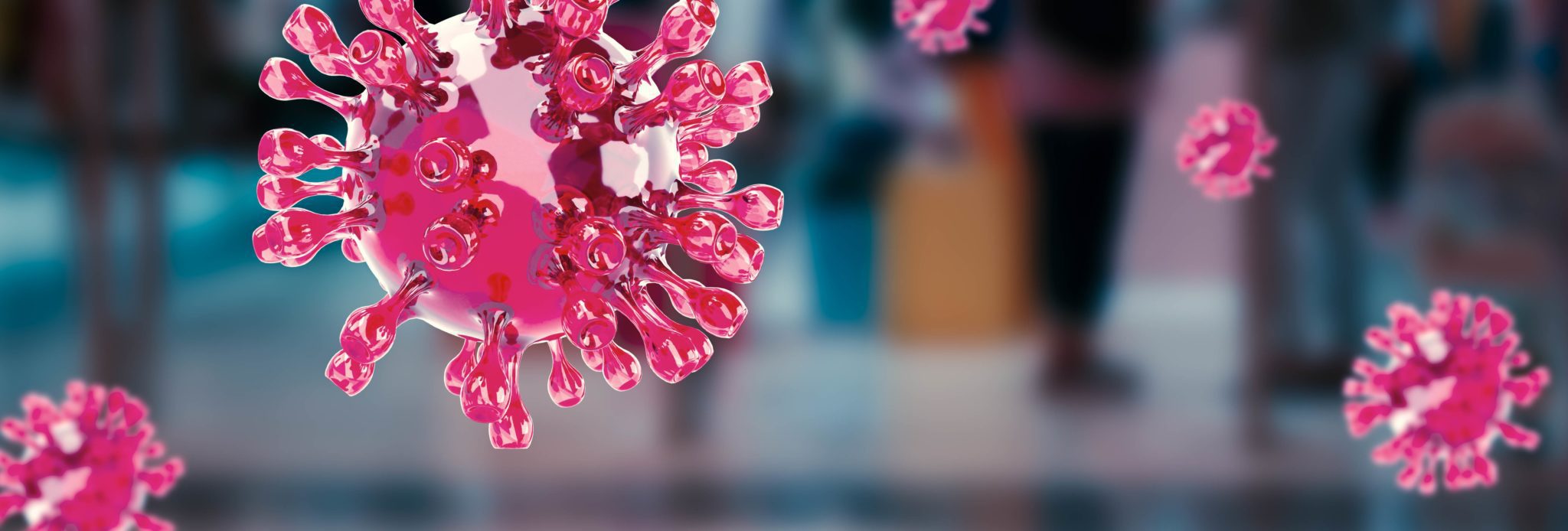
Walton & Company Building Services
Keeping Your Facility in Good Health
Walton & Company’s mission is to make every building we touch more efficient and safe, including our own facilities. The in-duct air purifiers installed in our buildings, and being installed on our customer’s buildings in Pennsylvania and Maryland, are designed to help eliminate “Sick Building Syndrome” risks by reducing air pollutants and odors that survive, thrive and spread through the duct systems of large facilities. Its effectiveness is in three categories of indoor air pollutants: particulates, microbial, and gases. It drastically helps reduce allergy triggers and kills up to 99% of bacteria, mold, and viruses. We are doing our part by eliminating the spread of COVID-19, however, the work we do for you doesn’t stop when the virus is gone. We will continue to service your building at the highest level of professionalism you’d expect. Please contact our Building Services Manager, Bill Vervaeke, on how you can protect your facility, today at, bvervaeke@waltonco.com, or 717-755-9030.
For a limited time, new customers receive 10% off the first year with a 3 year PM Contract.
Call Bill at 717-755-9030
UV Light Systems Eliminate Allergens
UV light systems eliminate allergens from your HVAC unit in the same way that they kill germs. Dust, dust mites, mold, and mildew can all be controlled through proper placement of a UV light system, thus reducing sneezing, wheezing, and other allergy-related symptoms. Fungal contamination is common in HVAC units.
Ultraviolet UVC lighting has been in use in commercial buildings for decades, but the concern is growing over reducing airborne pathogens. In the United States, commercial buildings are the most common type of building and a source of respiratory infections due to high traffic and large numbers of occupants. There is even a condition called Sick Building Syndrome (also known as Building-Related Illness) that encompasses a number of complaints. In air conditioning systems, UV light destroys harmful microorganisms, including mold, mildew, fungi, bacteria, and viruses like SARS-CoV-19. ... UV lights are typically installed near your primary AC coil or in your ductwork. Microorganisms that pass within the UV bulb's line of sight will be destroyed.
UV Light Kill Viruses
The virus is sensitive to ultraviolet heat and light, so radiation from ultraviolet light can eliminate the viruses effectively, according to the latest guideline on diagnosis and treatment of the coronavirus released by the National Health Commissions.
Will UV Light Kill Viruses? Or Hurt People?
Physicians hypothesized that a narrow spectrum of ultraviolet light called Far-UVC could kill microbes without damaging healthy tissue several years ago. Far-UVC light has a very restricted range and can not penetrate the outer layer of the human skin or tear layer in the eyes. Because of this, it is not a human health hazard, but because viruses and bacteria are much smaller than the cells of humans, far-UVC light can reach their DNA, effectively killing them. All this without damaging human tissue. According to health guidelines, ultraviolet light should be used to disinfect indoor spaces with an intensity of 1.5 watts per square meter.
[pdf-embedder url="https://www.waltonco.com/wp-content/uploads/2020/06/REME-HALO-spec-white.pdf"] [pdf-embedder url="https://www.waltonco.com/wp-content/uploads/2020/06/Commercial-unit-spec2016.pdf"]
Fogging
Everyone is looking for some type of HVAC process or method to use upon the return of “normal” from the stay-at-home order for COVID-19. Millions of people are affected by this pandemic and are eager to get back to the swing of things when it’s safe to do so. In helping the efforts of a Baltimore Community, we were able to safely go into their educational buildings and campus and use a method called Fogging to disinfect their interior buildings.
FAQ Center
Do NOT Turn off your HVAC system while unoccupied
What's All The Hype?
Hype #1 Ionizing Systems: Many ionizing systems produce ozone, but others use cold plasma, hydroxyl radicals or ionized hydrogen peroxide to kill bacteria and viruses. While extensive testing and EPA statements have called out the dangers of ozone on people’s respiratory systems, less is known about the long-term effects of these other systems. The bottom line is they all use oxidation as their primary method for killing bacteria and viruses and until more is known about the long-term health impacts of these other systems, we cannot recommend them for indoor use.
Hype #2 Coil Cleaning: Keeping HVAC system coils clean is critical for their efficient operation and should be done as needed based on the environment those coils are in. While it is possible for particulates, including viruses and bacteria, to be found on coils, it likely won’t make much of a difference reducing the spread of viruses. This is especially true of coils on rooftop units where only particulates from outdoor air will be found.
Hype #3 Central HEPA filtration: According to the Centers for Disease Control, the novel coronavirus spreads primarily through respiratory droplets when an infected person coughs or sneezes. Those droplets generally fall to the ground or land on other surfaces within six feet. While it is possible for viruses to become suspended in the air for several hours and travel farther, as a result, this is not the primary means of transmission. At this time, based on the cost and practicality of retrofitting HEPA filtration (which may require significant system modifications) when compared to any possible benefit, we can’t recommend this for most settings.
[ninja_form id=2]
Walton & Company
PA
1800 Industrial Hwy
York Pa 17402
717.755.9030
Shop
3320 Concord Road
York Pa 17402
717.840.2258
MD
150 Lakefront Dr
Cockeysville, Md 21039
410.891.8631
Contact Us Today!
Blog News
Walton Spotlight ~ Jeremy Drawbaugh, HVAC & Plumbing Estimator
Meet Jeremy Drawbaugh, who has dedicated two decades to Walton, cultivating a culture of positivity and continuous growth. At Walton, Jeremy finds the support and flexibility he needs as a single father, making it his […]

